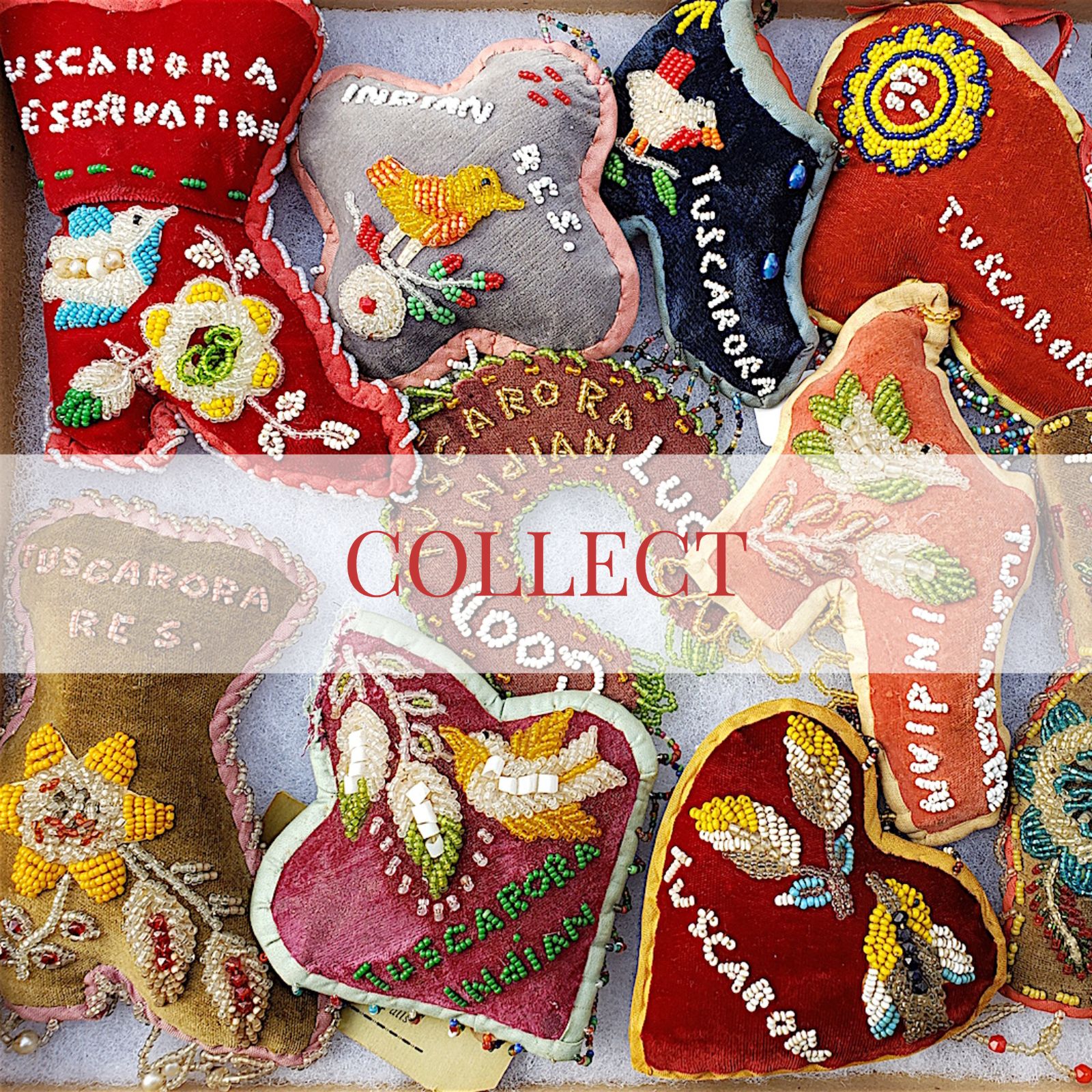
Collector Close-Up: Beaded Whimsy
Discover the beautifully intricate handicraft created by Tuscarora artisans from the Niagara Falls region.
Beaded whimsy, though an accurate and commonly accepted description, is too simple a name for the beadwork that Grant Wade Jonathan has been collecting for over a decade. “I get it. It's whimsical in appearance,” says Grant. “But it marginalizes the craft.” The more accurate name? Tuscarora beadwork.
A BIT OF BACKGROUND Named after one of the six Iroquoian nations, the intricate beadwork has been around for over 150 years. The earliest pieces, according to Grant, date to 1825. A citizen of the Tuscarora nation, Grant has been on a 13-year mission to rescue its relics, and his personal collection tops 2000 pieces. With each piece reclaimed, Grant hopes to enrich the story of his nation, one of the six nations of the Iroquois Confederacy that populated the land just seven miles from Niagara Falls. How the Tuscarora nation became known for its beadwork is a complicated tale, as are most stories of displaced indigenous people. The land the Tuscarora nation inhabited was privately owned by a colonel. During the War of 1812, men from the Tuscarora community served under him, and because of their service, the Tuscarora Nation was given permission to sell beadwork at Niagara Falls in perpetuity.
A MARKET THAT THRIVED Niagara Falls was as much a tourist trap then as it is today. In the early 1800s, when the Erie Canal was created, tourists would travel by steamboat up the canal to revel in the wonder. The stream of tourism was an economic opportunity for Tuscarora families. Grant says that selling one pincushion, which was used by Victorian women for their hatpins, could cover expenses for one night in a fancy Niagara Falls hotel. “Of course, our families didn't stay in the Falls because we lived so close,” says Grant. “We would walk or go by horse and buggy each day.” Whether pin cushions, picture frames, coin purses, boxes, match holders, or other trinkets, all the souvenirs were created with the Victorian consumer in mind. As the Honeymoon Capital of the World, Niagara Falls drew newlyweds eager to memorialize their marriage with a heart-shaped souvenir depicting the words Niagara Falls in the beadwork. The popularity of hearts in part explains why these are often the easiest—and, therefore, the cheapest—to find. The Tuscarora decorative beading is called “raised beadwork,” because the work itself is three-dimensional. Unlike other Iroquois nations that are known for their beadwork, including the Seneca and Mohawk nations, the Tuscarora nation is known for exclusively using clear beads.
COLLECTOR'S NOTES A New York native, Grant says he has no problem finding Tuscarora beadwork: “I go to an antique store, or a flea market, or any number of other places, and it's like they're drawn to me!” he says. The beadwork can be spotted in antiques malls and fairs as well as at flea markets across the nation. According to Grant, with a little luck you can find pieces as cheap as $5, though you should expect to pay between $50 and $100 for a heart pin cushion in good shape. For rare pieces, like a lambrequin he fetched for $1200, Grant doesn’t hesitate to spend more to fill out his collection. Tuscarora beadwork is alive today. “The craft has never been lost and then revived. We've always beaded here,” says Grant. Even he has picked up the craft and sells his pieces at shows across the nation. On occasion, he will repair antique beadwork, tea-staining the thread and repurposing antique beads for authenticity. It’s these details that young collectors should pay close attention to as they learn to identify and appreciate the beadwork: the quality and color of the fabric, the size of the beads, and the thread. Take a tour of Grant's collection, below.
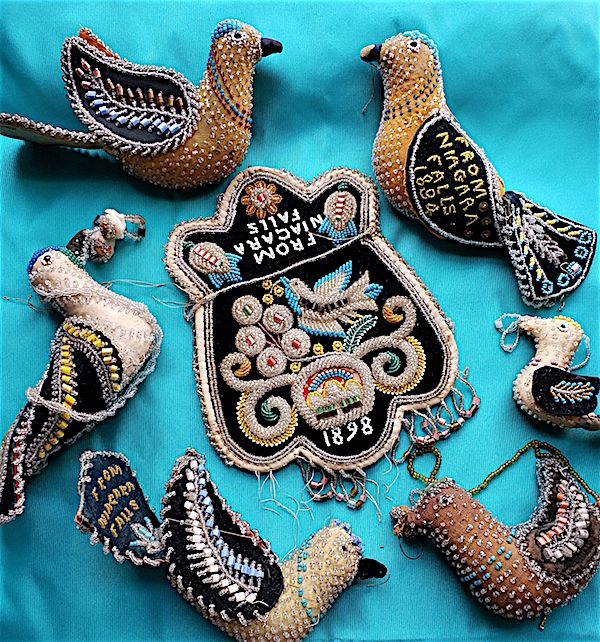
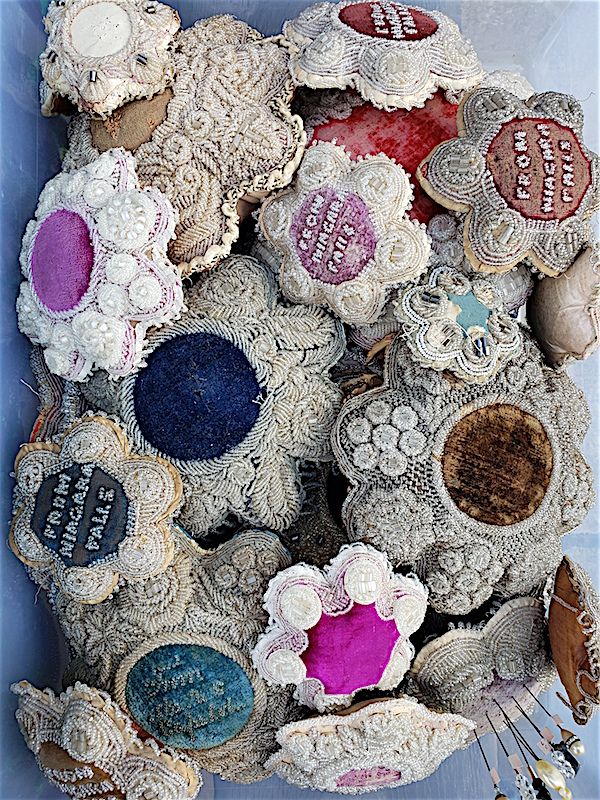
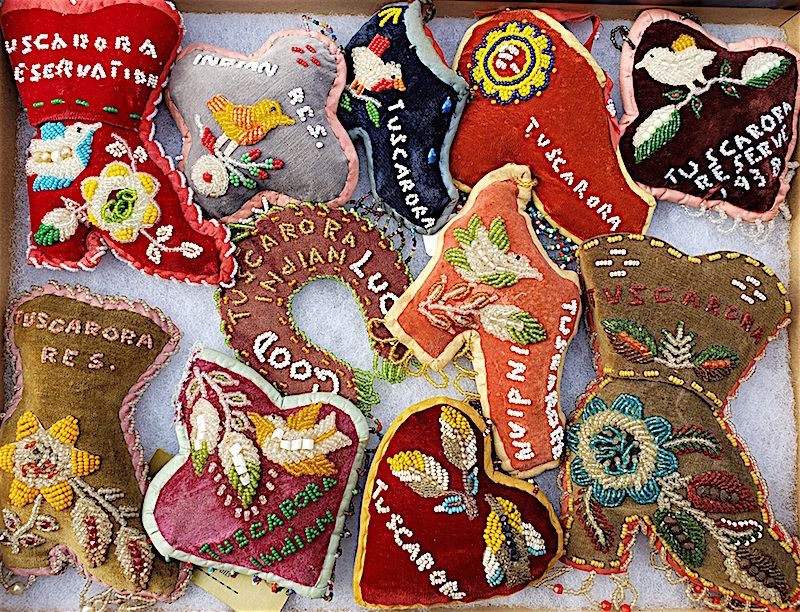
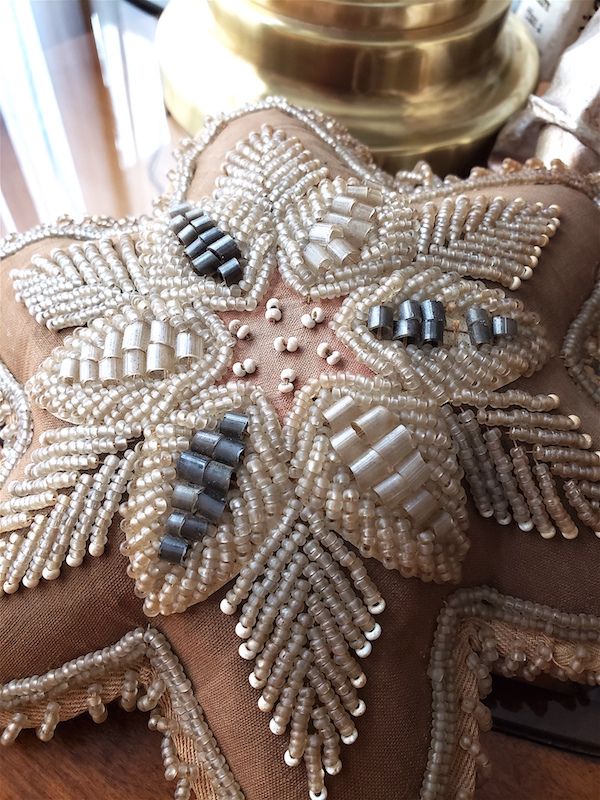
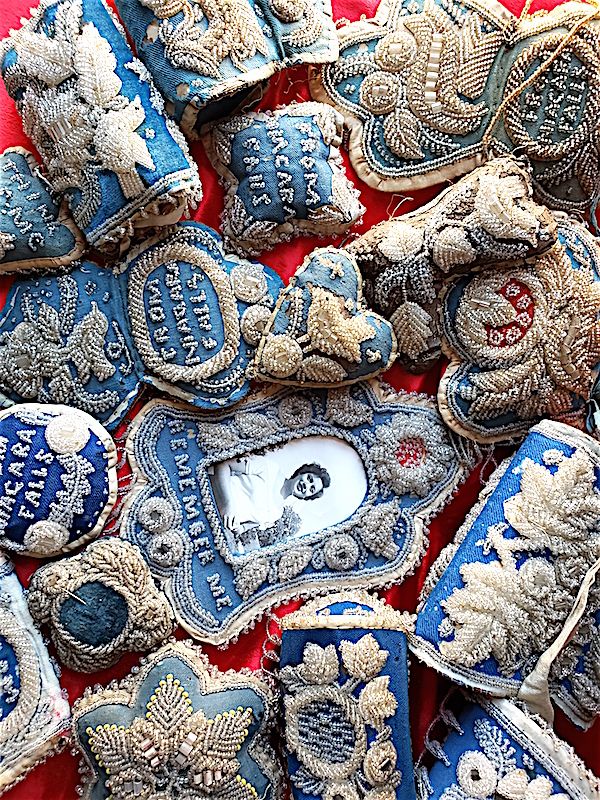
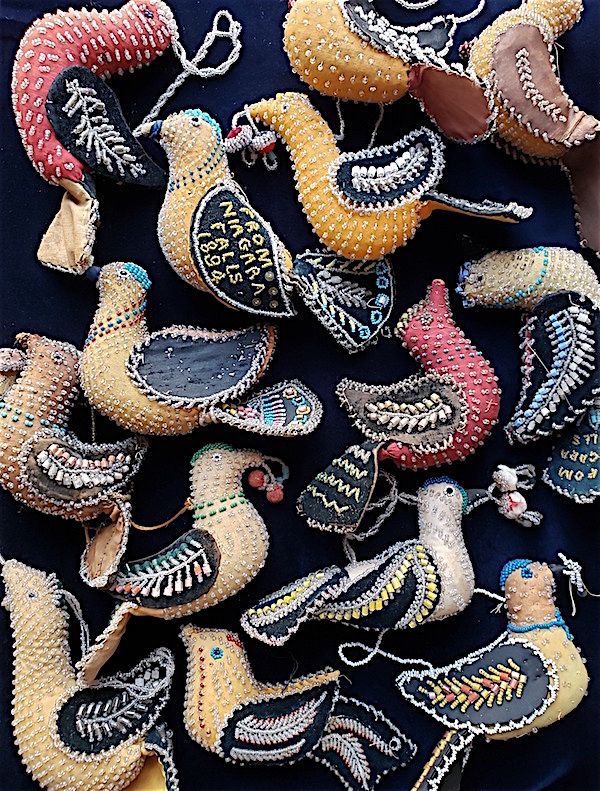
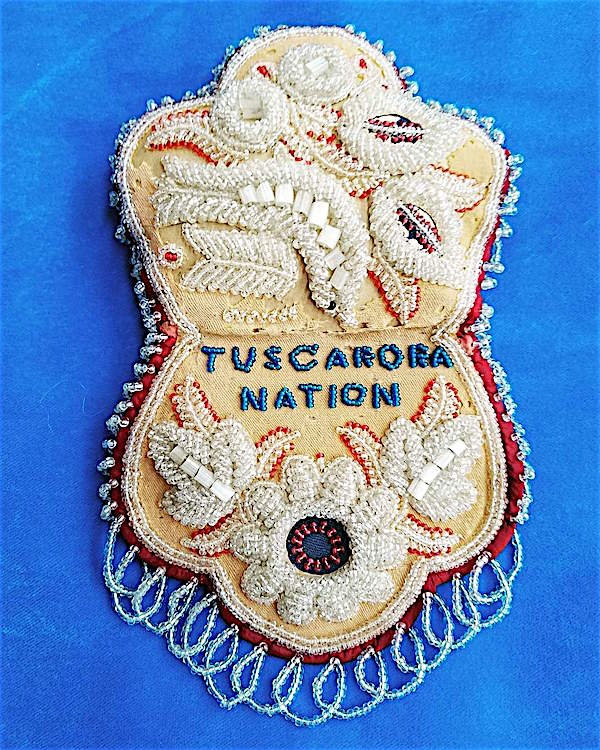
COLLECTION & PHOTOS Grant Wade Johnson
WORDS Melissa Parks
HOME PAGE


